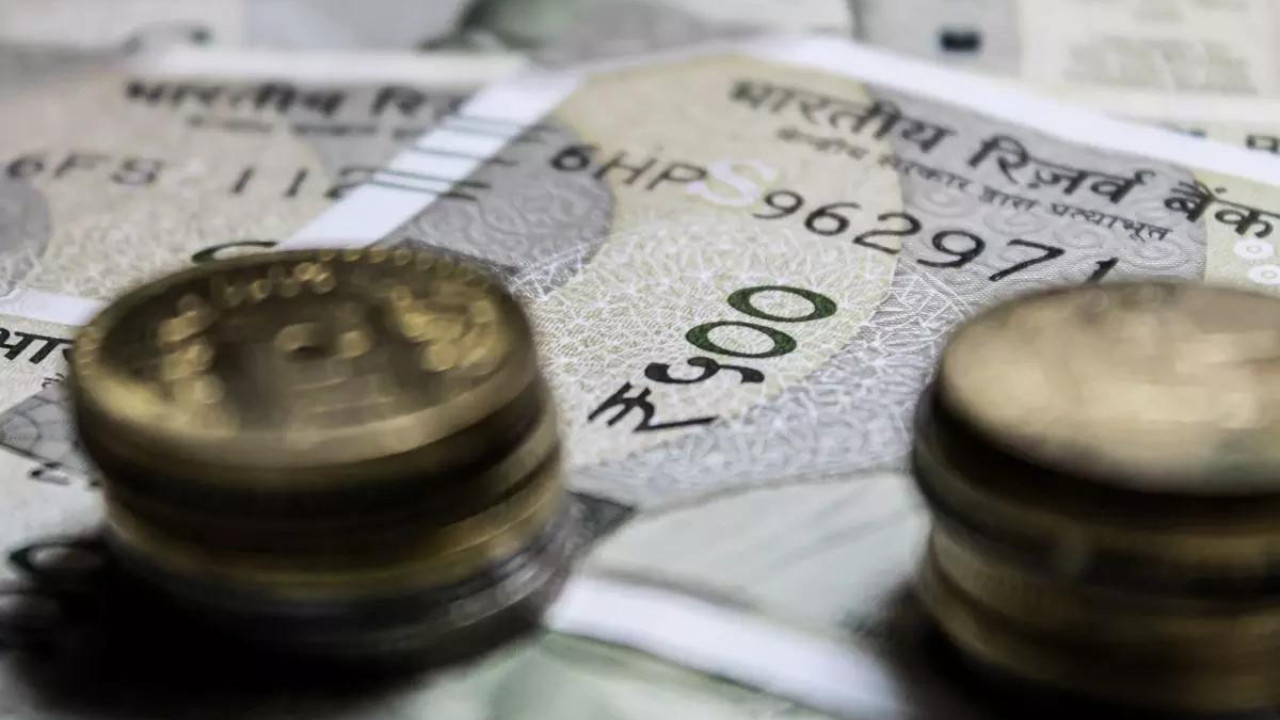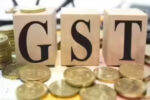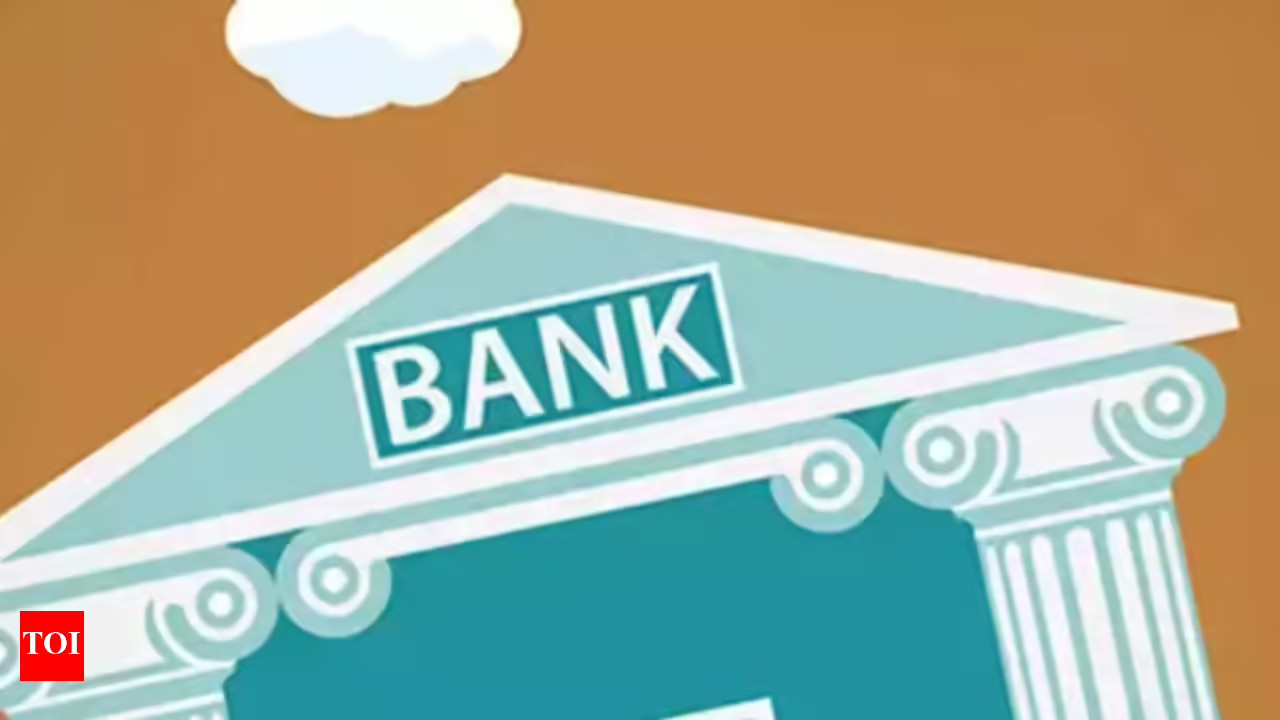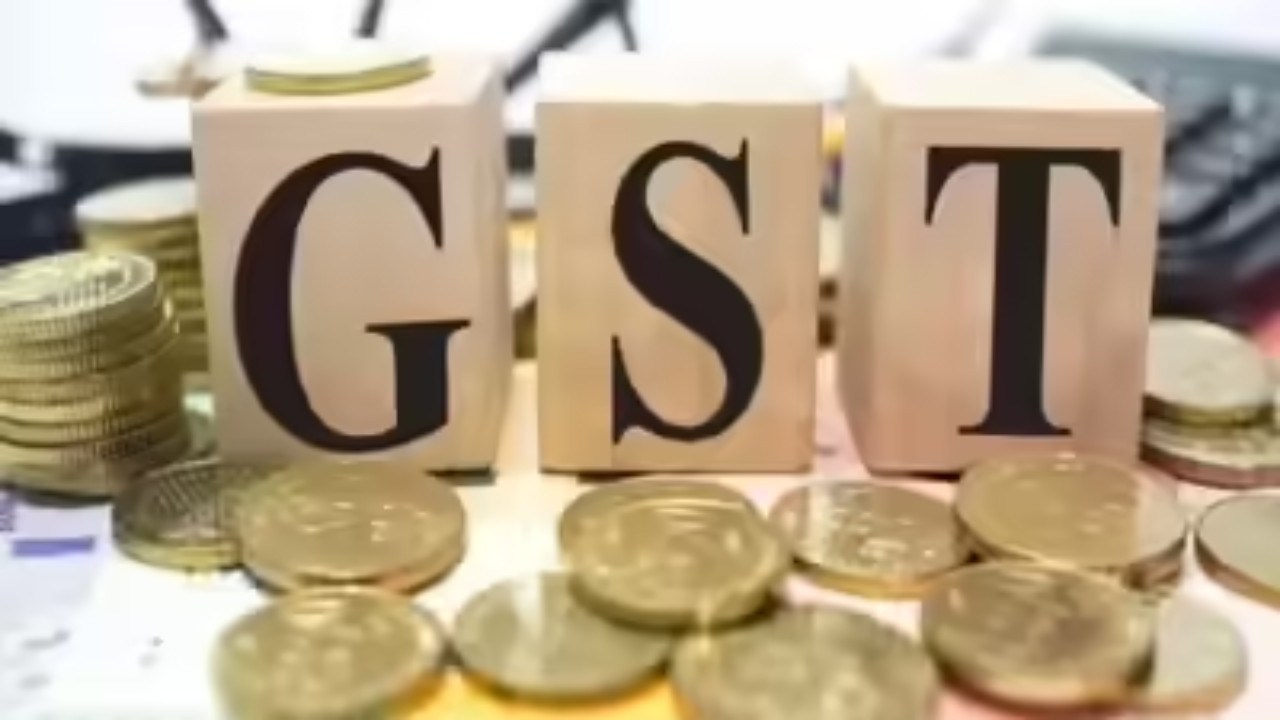The rupee plunged to a record low of 88.33 against the dollar due to ongoing US-India tariff issues, while gold and silver prices soared to new life-highs in the domestic market, fueled by expectations of a US interest rate cut and a weakening dollar.
Navigating the Current Economic Tides: Understanding Record Rupee Lows and Surging Precious Metal Prices
The economic landscape feels a bit like a rollercoaster these days, doesn’t it? One day you’re up, the next you’re… well, maybe not down, but certainly feeling the G-force of some pretty significant shifts. Recently, India’s economy has been experiencing some notable fluctuations, particularly in the value of the rupee and the soaring prices of gold and silver. Let’s unpack what’s happening and what it might mean for you.
The rupee recently touched a fresh low against the US dollar. While exchange rates are constantly in flux, such lows can create ripples throughout the economy, impacting everything from import costs to the competitiveness of Indian exports. A weaker rupee generally makes imports more expensive, potentially leading to inflation, as businesses pass on the increased costs to consumers. Conversely, it can boost exports by making Indian goods and services more attractive to foreign buyers. But it’s not quite that simple. The global economic climate, particularly the strength of the US dollar, plays a significant role in determining the rupee’s trajectory.

Gold and Silver Shine Brighter Than Ever
At the same time the rupee was finding a new floor, gold and silver were reaching for the stars, hitting all-time highs. What’s driving this surge? Precious metals are often viewed as safe-haven assets, meaning investors flock to them during times of economic uncertainty. When global markets are volatile or there’s anxiety about inflation or geopolitical tensions, gold and silver tend to become more attractive options. The recent fluctuations in the rupee, coupled with broader global economic concerns, seem to be fueling this demand.
Think of it as a hedge against uncertainty. While the stock market might be prone to wild swings, precious metals are often seen as a more stable store of value. This perception drives demand, which in turn drives up prices.
The Interplay of Factors Affecting Precious Metals
However, it’s not just fear driving the price. Other factors, such as central bank policies, interest rates, and even supply chain disruptions, can also play a role in determining the price of precious metals. For instance, if central banks start buying up gold reserves, that increased demand can push prices higher. Similarly, lower interest rates can make gold more appealing, as investors aren’t earning as much on traditional investments like bonds. The strength of the US dollar also has an inverse relationship with gold prices. A weaker dollar typically leads to higher gold prices because gold is priced in dollars, and becomes cheaper for buyers holding other currencies.
What Does This Mean for the Average Person?
These economic shifts can feel abstract, but they have real-world consequences. For consumers, a weaker rupee can translate to higher prices for imported goods, from electronics to fuel. This is especially true if the rupee depreciation is sustained over time.
On the other hand, if you’re an exporter, a weaker rupee can be a boon, making your products more competitive on the global market. And if you hold gold or silver, you’re likely seeing the value of your investment increase.
For savers and investors, it is worth evaluating your asset allocation to assess opportunities for diversification, and to manage risk effectively. You might also consider discussing strategies with a financial advisor.
Looking Ahead: Navigating the Uncertainty
Predicting the future of the rupee and precious metal prices is, of course, impossible. However, understanding the forces that are shaping the market can help you make more informed decisions. Keeping an eye on global economic trends, central bank policies, and geopolitical developments is crucial.
The interplay of currency fluctuations and precious metal valuations highlights the complexities of the modern economy. While uncertainty may persist, knowledge and awareness can empower individuals and businesses to navigate the ever-changing economic tides. Consider also reading about [investing strategies for beginners](https://example.com/investing-for-beginners) to better understand personal finance and investing.
Ultimately, staying informed and adapting to the changing economic landscape is the key to weathering the storm and potentially even finding opportunities amid the volatility.







